Home>Furniture & Design>Bathroom Accessories>How To Use Toilet Seat Up Or Down
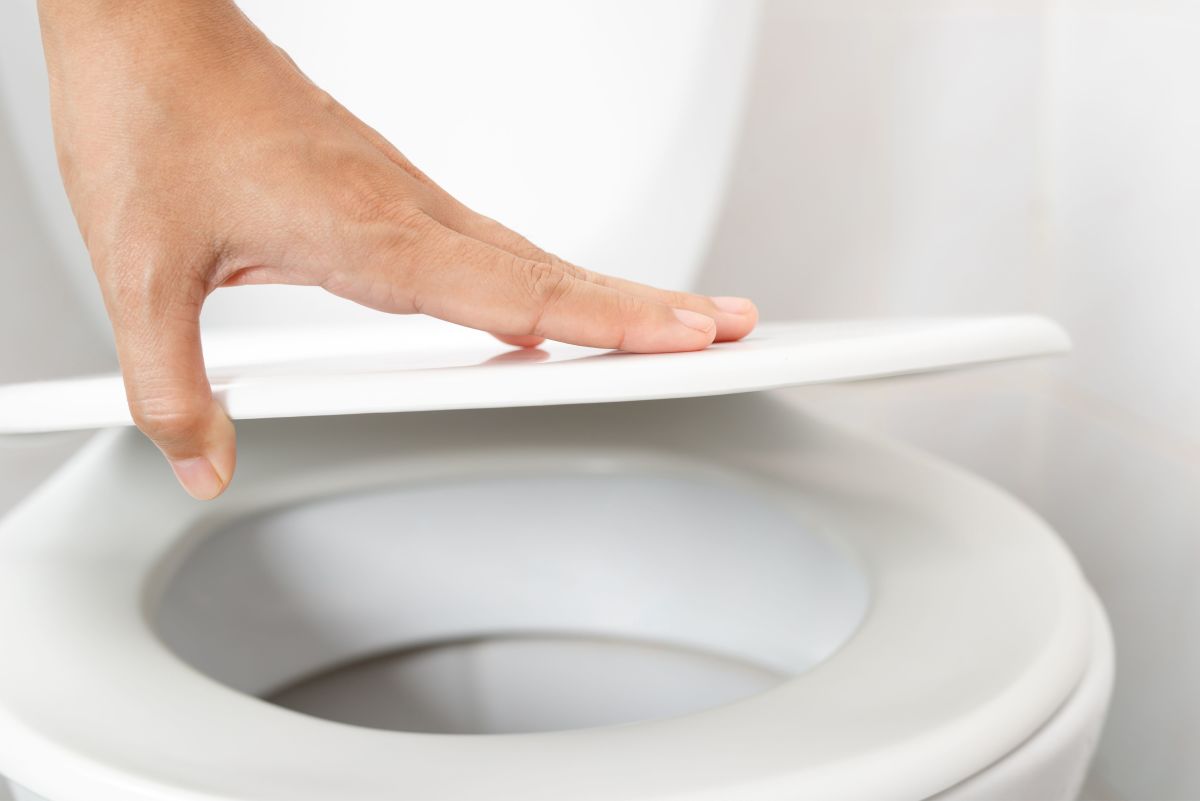

Bathroom Accessories
How To Use Toilet Seat Up Or Down
Modified: August 16, 2024
Discover the best practices for using the toilet seat up or down and find the right bathroom accessories for your needs. Improve your bathroom experience today!
(Many of the links in this article redirect to a specific reviewed product. Your purchase of these products through affiliate links helps to generate commission for Storables.com, at no extra cost. Learn more)
Introduction
The age-old debate of whether to leave the toilet seat up or down has sparked countless discussions and even led to some lighthearted disagreements. This seemingly simple decision can have a surprising impact on daily life and household dynamics. The choice of whether to leave the toilet seat up or down is not merely a matter of personal preference; it can also be influenced by practical considerations and social etiquette.
In this comprehensive guide, we will explore the various aspects of using the toilet seat up or down, shedding light on the benefits and considerations associated with each option. By delving into this topic, we aim to provide valuable insights that can help individuals make informed decisions and navigate this common household dilemma with ease.
Whether you are a homeowner, a tenant, or simply someone who wants to understand the dynamics of toilet seat usage, this guide will equip you with the knowledge and perspective needed to approach this everyday decision thoughtfully. Let's embark on this exploration to uncover the nuances of using the toilet seat up or down and gain a deeper understanding of its implications in our daily lives.
Key Takeaways:
- Leaving the toilet seat up can be convenient for men, but keeping it down promotes safety and a neater appearance. Understanding and respecting everyone’s needs leads to a harmonious household.
- Open communication, mutual respect, and shared responsibility are key in deciding whether to leave the toilet seat up or down. Consideration for others creates a thoughtful and inclusive living environment.
Read more: How To Use A Bidet Toilet Seat
Benefits of Using Toilet Seat Up
Leaving the toilet seat up can offer several practical advantages, making it a favorable choice in certain situations. Understanding these benefits can shed light on the rationale behind this practice and its potential impact on daily routines. Here are the key benefits of using the toilet seat up:
-
Convenience for Men: When the toilet seat is left up, it provides added convenience for men, eliminating the need to lift the seat before use. This simple adjustment can streamline the process of using the toilet, saving time and effort, especially during moments of urgency.
-
Hygiene and Maintenance: Keeping the toilet seat up can facilitate easier cleaning and maintenance of the toilet bowl. With the seat raised, individuals can access and clean the entire surface of the bowl more effectively, contributing to improved hygiene and sanitation in the bathroom.
-
Preventing Accidental Splashing: By leaving the seat up, the risk of accidental splashing onto the seat itself is minimized. This can be particularly beneficial in households with male occupants, as it reduces the likelihood of soiling the seat and necessitating frequent cleaning.
-
Aesthetics and Air Circulation: In some cases, leaving the toilet seat up can contribute to better air circulation within the bathroom. This can be especially relevant in smaller or poorly ventilated spaces, where allowing air to circulate freely can help maintain a fresh and pleasant environment.
-
Ease of Access for Cleaning: With the seat in the upright position, it becomes more accessible for thorough cleaning and disinfection. This can be advantageous for individuals who prioritize cleanliness and wish to maintain a pristine bathroom environment.
Understanding these benefits can provide valuable insights into the practical advantages of leaving the toilet seat up. While this practice may be subject to personal preferences and household dynamics, acknowledging these advantages can foster a deeper appreciation for the considerations involved in this everyday decision.
Benefits of Using Toilet Seat Down
Leaving the toilet seat down offers a range of benefits that cater to both practical and social considerations. Understanding these advantages can provide valuable insights into the rationale behind this practice and its impact on daily routines. Here are the key benefits of using the toilet seat down:
-
Safety and Preventing Accidents: Keeping the toilet seat down can contribute to a safer bathroom environment, particularly for households with children, elderly individuals, or individuals with mobility challenges. By ensuring that the seat is consistently down, the risk of accidental falls or mishaps related to an open toilet can be significantly reduced. This simple measure promotes a safer and more secure bathroom space for everyone in the household.
-
Aesthetic Appeal and Neatness: From a visual standpoint, maintaining the toilet seat in the down position can contribute to a neater and more aesthetically pleasing bathroom appearance. When the seat is down, the toilet presents a tidy and cohesive look, enhancing the overall visual appeal of the bathroom. This can be especially relevant for individuals who prioritize a well-organized and visually appealing living environment.
-
Consideration for All Users: Leaving the toilet seat down reflects a considerate approach that acknowledges the needs of all individuals who may use the bathroom. By keeping the seat down, it eliminates the need for users to adjust the position before use, promoting a sense of thoughtfulness and consideration for others. This practice can foster harmonious and respectful interactions within the household, contributing to a positive and considerate living environment.
-
Hygiene and Odor Control: When the toilet seat is down, it serves as a protective cover for the bowl, minimizing exposure to potential odors and maintaining a cleaner appearance. This can be particularly relevant in shared living spaces, where maintaining a hygienic and odor-free bathroom environment is a priority. By keeping the seat down, individuals can contribute to a more pleasant and inviting bathroom atmosphere.
-
Preventing Items from Falling into the Bowl: In households where the bathroom serves multiple purposes, such as a grooming area, leaving the toilet seat down can prevent items like jewelry, hair accessories, or small personal items from accidentally falling into the bowl. This simple measure can help avoid inconvenience and potential damage to belongings, contributing to a more organized and functional bathroom space.
Understanding these benefits underscores the significance of using the toilet seat down in various household settings. While individual preferences and household dynamics may influence this decision, recognizing these advantages can foster a deeper appreciation for the considerations involved in maintaining the toilet seat in the down position.
Considerations for Using Toilet Seat Up or Down
When deliberating on whether to leave the toilet seat up or down, several important considerations come into play. These factors encompass practical, social, and hygienic aspects, influencing the dynamics of household routines and interpersonal relationships. By examining these considerations, individuals can gain a comprehensive understanding of the implications associated with this seemingly simple decision.
Practicality and Convenience
The practicality of leaving the toilet seat up or down often hinges on the specific needs and preferences of household members. For instance, in households predominantly occupied by men, leaving the seat up may be perceived as a convenient and time-saving practice. Conversely, in settings where individuals of all genders share the bathroom, considerations of convenience and ease of use for everyone become paramount. Understanding the practical implications of seat positioning can guide individuals in making thoughtful and inclusive decisions that cater to the diverse needs of household members.
Read more: How To Use A Toilet Seat Cover
Hygiene and Cleanliness
The question of toilet seat positioning also intersects with considerations of hygiene and cleanliness. Leaving the seat up may facilitate more thorough cleaning of the toilet bowl, contributing to enhanced sanitation in the bathroom. However, maintaining the seat in the down position can serve as a protective cover for the bowl, minimizing exposure to potential odors and promoting a tidier appearance. Balancing these hygiene-related considerations is crucial in fostering a clean and inviting bathroom environment that meets the standards and preferences of all users.
Safety and Accessibility
The safety and accessibility of the bathroom space are significant factors to contemplate when deciding on the position of the toilet seat. Keeping the seat down can contribute to a safer environment, particularly for children, elderly individuals, or individuals with mobility challenges. By ensuring that the seat is consistently down, the risk of accidental falls or mishaps related to an open toilet can be mitigated. This consideration underscores the importance of creating a secure and accessible bathroom space that accommodates the needs of all household members.
Social Etiquette and Consideration
The choice of whether to leave the toilet seat up or down also carries social implications related to etiquette and consideration for others. Maintaining the seat in the down position reflects a considerate approach that acknowledges the needs of all individuals who may use the bathroom. This practice promotes harmonious and respectful interactions within the household, contributing to a positive and considerate living environment. Understanding the social nuances of toilet seat positioning can foster a culture of mutual respect and consideration among household members.
Flexibility and Adaptability
Ultimately, the considerations for using the toilet seat up or down underscore the importance of flexibility and adaptability in household dynamics. Recognizing the diverse needs and preferences of individuals within the household can guide the decision-making process, encouraging a balanced and inclusive approach to toilet seat usage. By embracing flexibility and adaptability, individuals can navigate this common household dilemma with empathy and understanding, fostering a harmonious and accommodating living environment for all.
By delving into these considerations, individuals can gain a deeper appreciation for the multifaceted nature of the toilet seat positioning decision. Understanding the practical, social, and hygienic factors at play can empower individuals to make informed choices that align with the needs and dynamics of their household, contributing to a more harmonious and considerate living environment.
Read more: How To Fix A Toilet Seat That Won’t Stay Up
Tips for Using Toilet Seat Up or Down
When navigating the decision of whether to leave the toilet seat up or down, individuals can benefit from practical tips that promote thoughtful consideration and harmonious household dynamics. These tips encompass a range of insights and strategies aimed at fostering a balanced and inclusive approach to toilet seat usage. By incorporating these tips into daily routines, individuals can navigate this common household dilemma with empathy and understanding, contributing to a more harmonious and considerate living environment.
1. Open Communication
Encouraging open communication within the household can pave the way for constructive discussions about toilet seat positioning. By fostering an environment where individuals feel comfortable expressing their preferences and concerns, households can work towards mutually agreeable solutions that accommodate the diverse needs of all occupants.
2. Mutual Respect
Emphasizing the value of mutual respect can guide individuals in approaching the toilet seat decision with consideration for others. Recognizing and respecting the preferences of fellow household members fosters a culture of empathy and understanding, promoting harmonious interactions and shared responsibility for maintaining a considerate living environment.
3. Flexibility and Compromise
Embracing flexibility and a spirit of compromise can facilitate collaborative solutions that cater to the varied needs and preferences within the household. By remaining open to adjusting toilet seat positioning based on the specific circumstances and dynamics of the household, individuals can cultivate an environment of adaptability and inclusivity.
Read more: How To Use Western Toilet Seat: Step-By-Step
4. Clear Communication
Establishing clear and visible reminders or cues regarding the preferred position of the toilet seat can help reinforce considerate practices within the household. Whether through gentle reminders or visual indicators, clear communication can serve as a proactive measure to promote mindful and respectful toilet seat usage.
5. Regular Maintenance
Prioritizing regular maintenance and cleanliness of the bathroom space can contribute to a hygienic and inviting environment, regardless of the position of the toilet seat. By upholding consistent cleaning routines and maintaining a pristine bathroom space, individuals can enhance the overall appeal and functionality of the area, fostering a positive living environment for all occupants.
6. Consider Individual Needs
Recognizing and accommodating the individual needs and preferences of household members can guide the decision-making process regarding toilet seat positioning. By considering factors such as safety, convenience, and personal preferences, individuals can strive to create a bathroom environment that caters to the diverse requirements of everyone in the household.
7. Shared Responsibility
Emphasizing shared responsibility for maintaining a considerate and harmonious living environment can encourage a collective approach to toilet seat usage. By viewing the decision as a shared responsibility, individuals can work collaboratively to establish practices that reflect mutual respect and consideration for all occupants.
By integrating these tips into daily routines and household discussions, individuals can navigate the nuances of toilet seat positioning with empathy and understanding. These strategies can contribute to a more considerate and harmonious living environment, fostering positive interactions and shared responsibility for maintaining a thoughtful approach to toilet seat usage.
Read more: How To Paint A Toilet Seat
Conclusion
In conclusion, the decision of whether to leave the toilet seat up or down encompasses a myriad of practical, social, and hygienic considerations that resonate within the dynamics of household routines and interpersonal relationships. This everyday dilemma, often the subject of lighthearted debates, holds significance beyond mere personal preference, reflecting the values of consideration, adaptability, and mutual respect within the household.
By exploring the benefits of using the toilet seat up and down, it becomes evident that each choice offers distinct advantages, from convenience and hygiene to safety and social etiquette. Understanding these benefits sheds light on the diverse factors that influence the decision-making process, emphasizing the multifaceted nature of this seemingly simple choice.
Considerations for using the toilet seat up or down underscore the importance of practicality, hygiene, safety, and social dynamics within the household. Balancing these considerations requires a thoughtful and inclusive approach that acknowledges the diverse needs and preferences of all occupants. By embracing flexibility, open communication, and a spirit of compromise, individuals can navigate this decision with empathy and understanding, fostering a harmonious and considerate living environment.
Incorporating practical tips for using the toilet seat up or down, such as open communication, mutual respect, and shared responsibility, can guide individuals in approaching this common household dilemma with mindfulness and consideration for others. By prioritizing clear communication, regular maintenance, and a focus on individual needs, households can cultivate an environment that reflects empathy, inclusivity, and shared responsibility for maintaining a thoughtful approach to toilet seat usage.
Ultimately, the decision of whether to leave the toilet seat up or down transcends a mere physical adjustment; it embodies the values of consideration, adaptability, and mutual respect that underpin harmonious household dynamics. By recognizing the significance of this decision and embracing a balanced and inclusive approach, individuals can contribute to a living environment characterized by empathy, understanding, and shared responsibility, fostering positive interactions and a considerate approach to everyday choices.
In navigating the nuances of toilet seat positioning, individuals have the opportunity to cultivate a living environment that reflects the values of empathy, inclusivity, and mutual respect, ultimately contributing to a harmonious and considerate household dynamic.
Frequently Asked Questions about How To Use Toilet Seat Up Or Down
Was this page helpful?
At Storables.com, we guarantee accurate and reliable information. Our content, validated by Expert Board Contributors, is crafted following stringent Editorial Policies. We're committed to providing you with well-researched, expert-backed insights for all your informational needs.
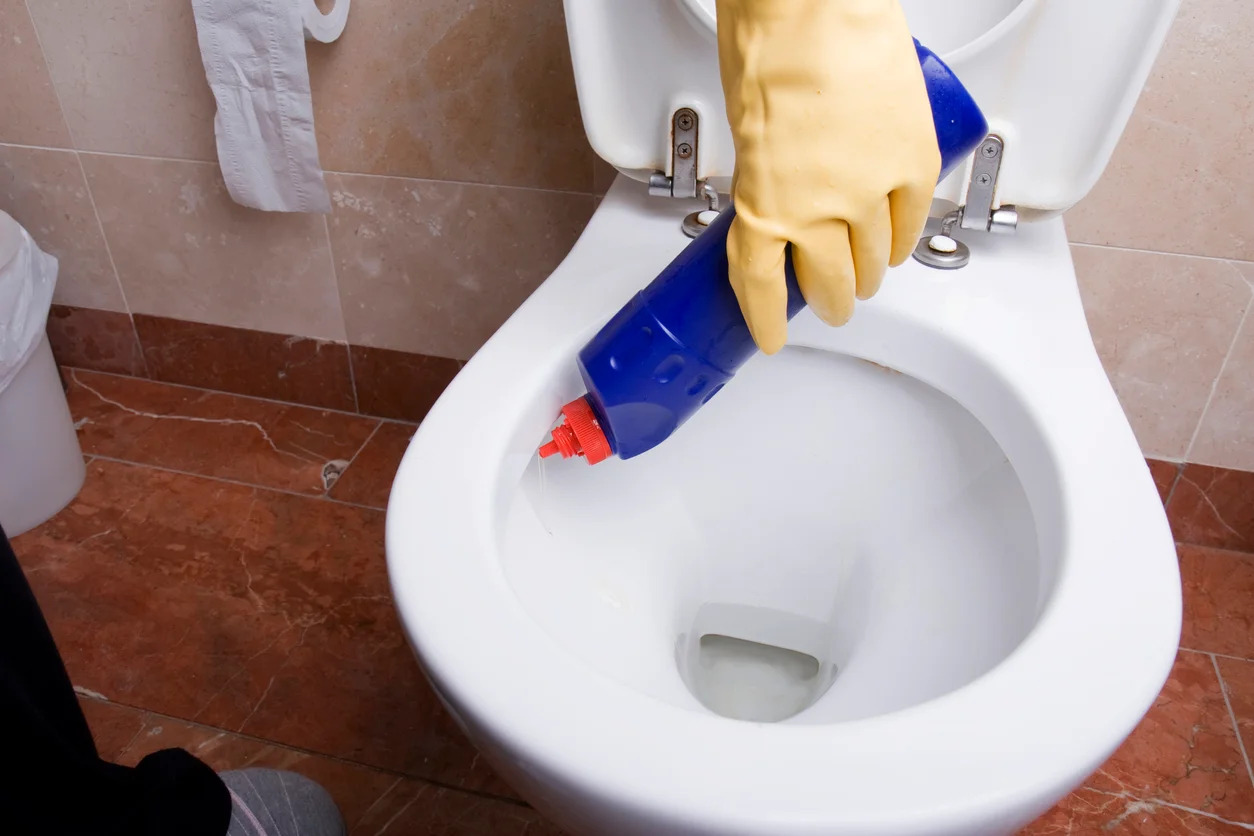
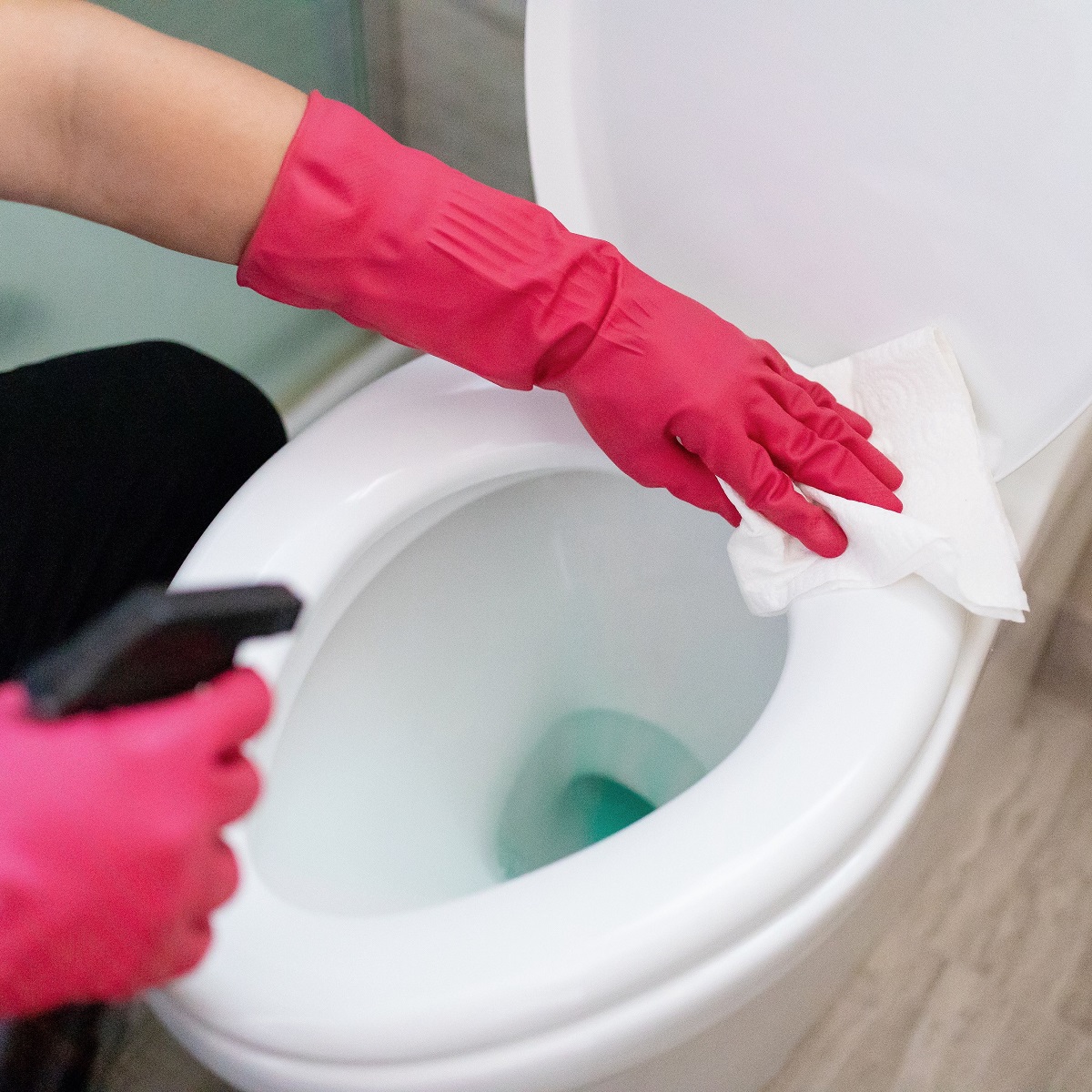
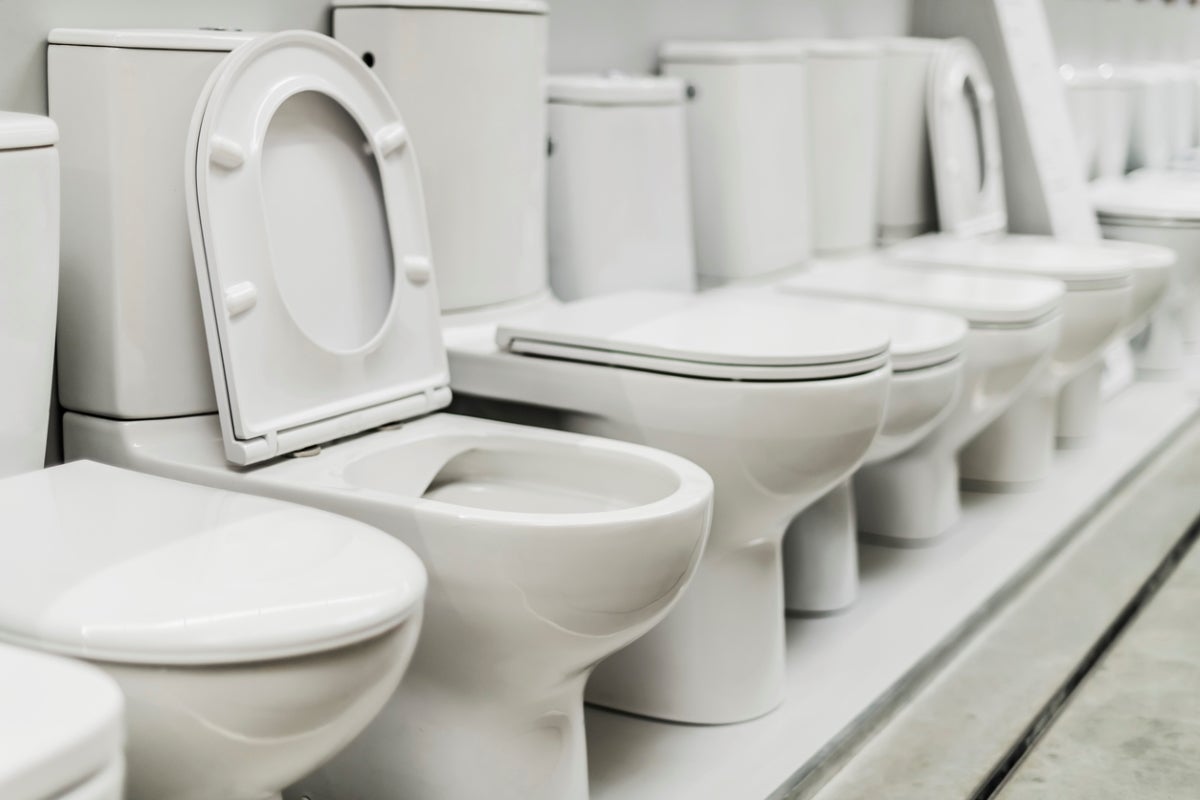
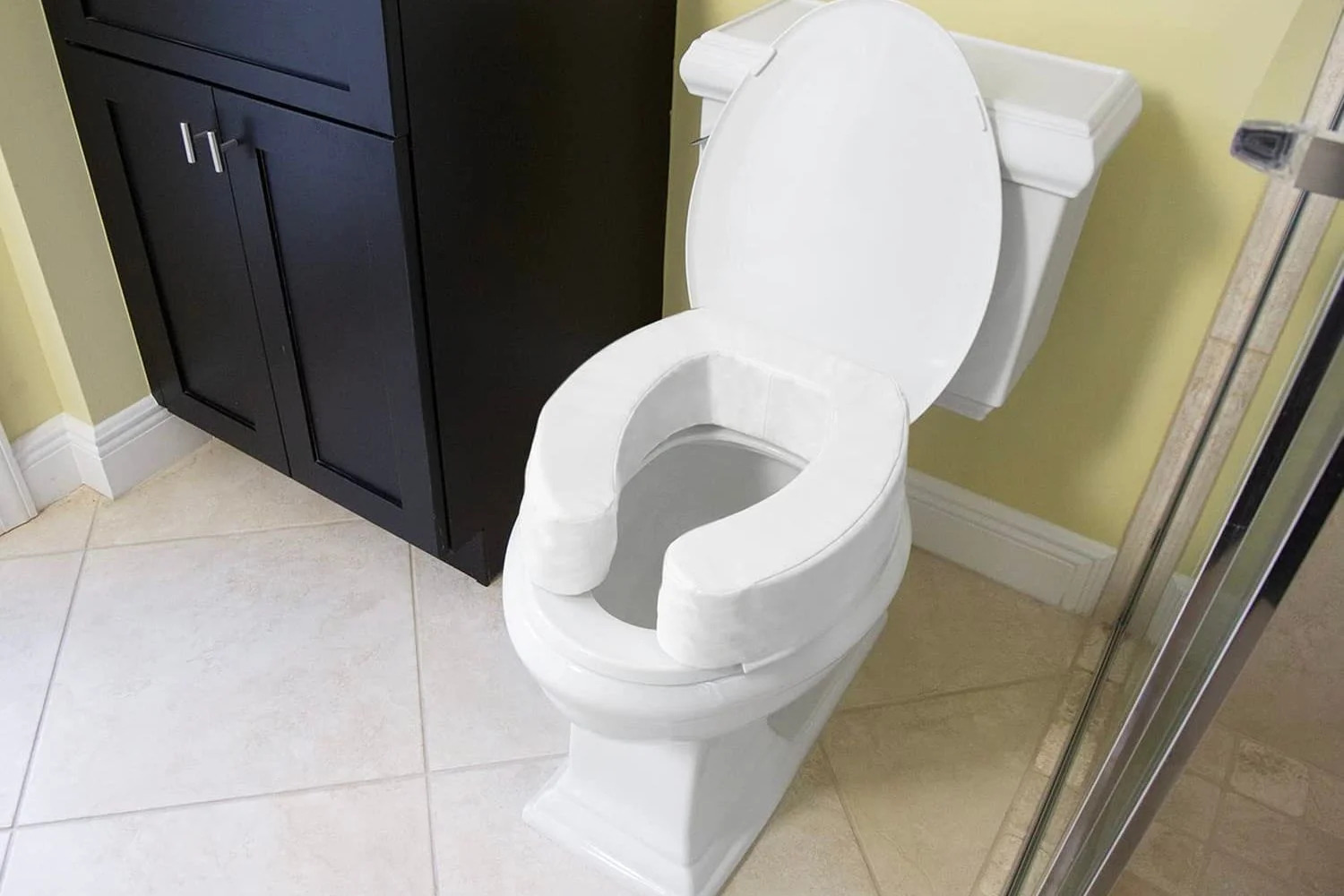
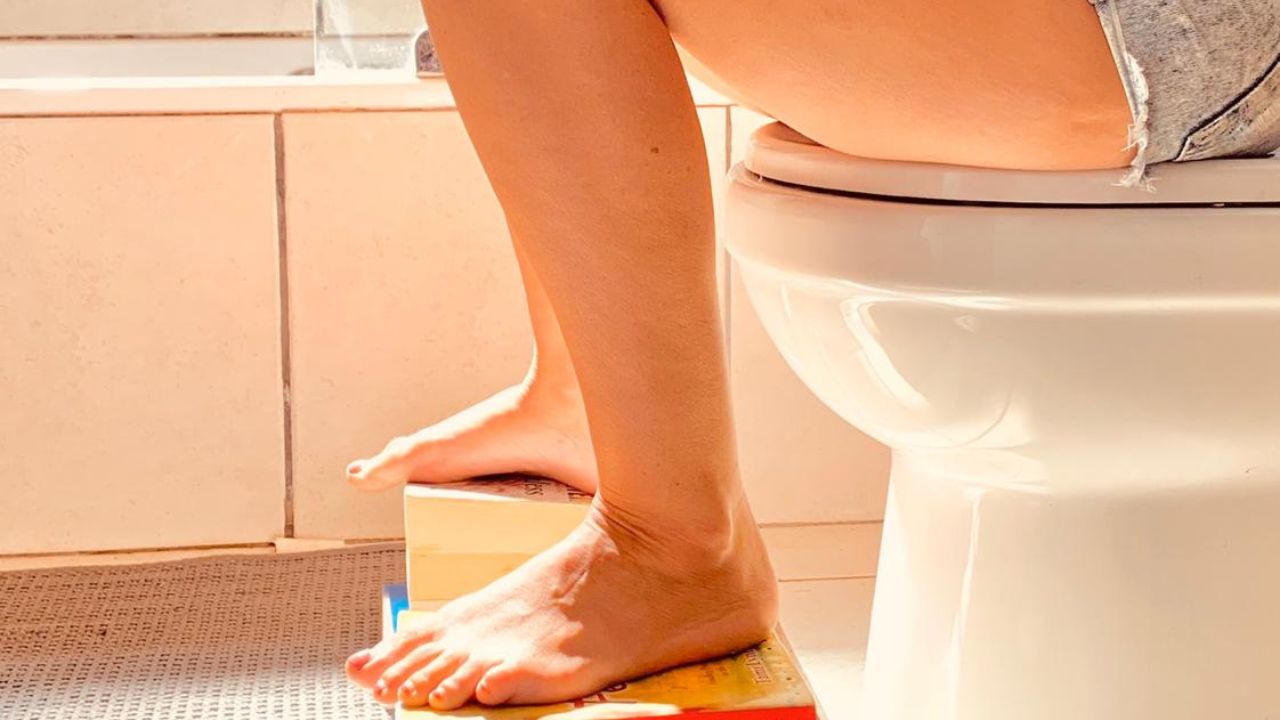
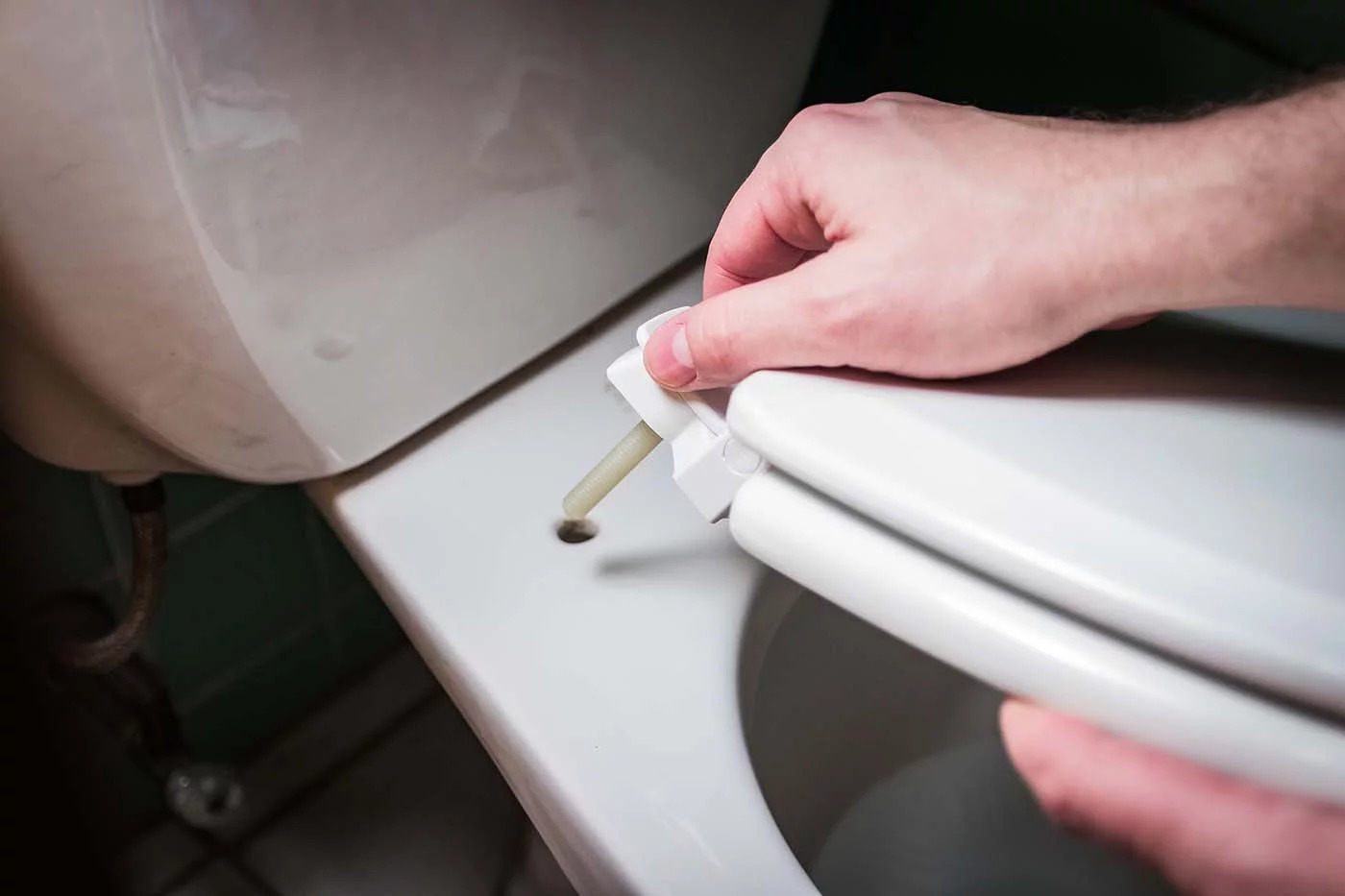
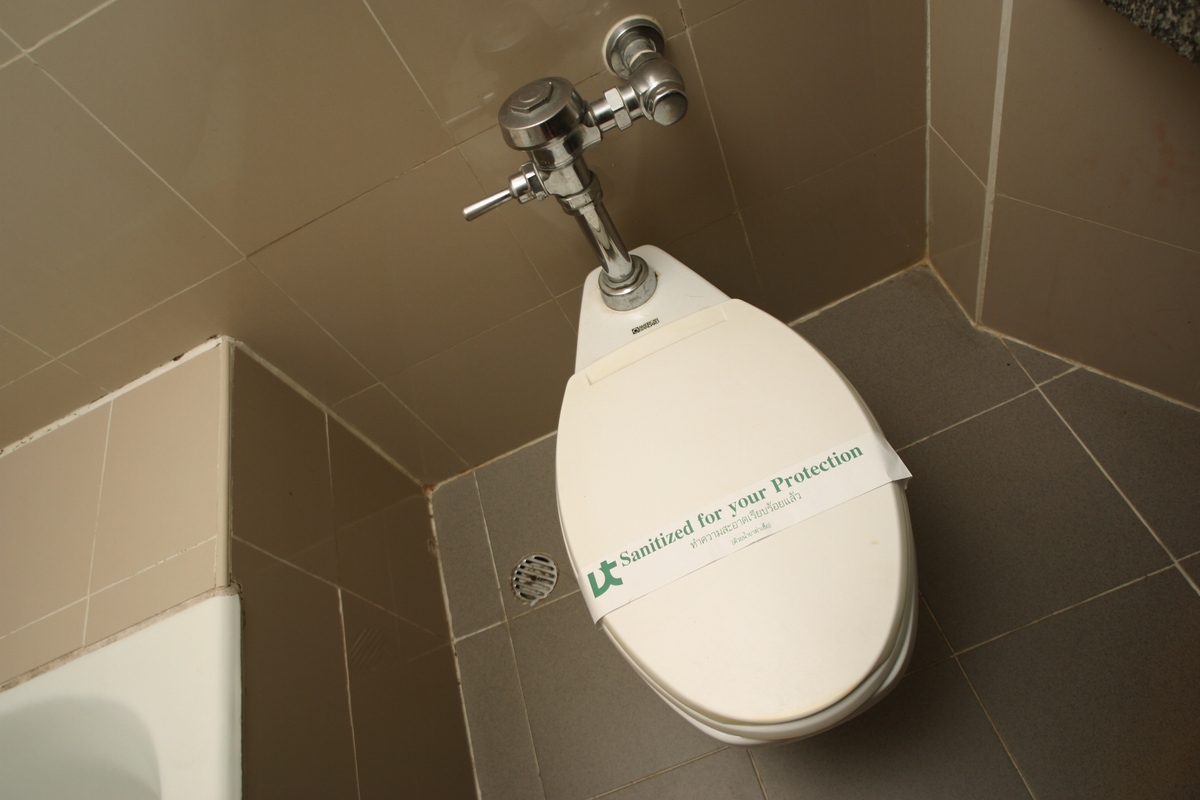
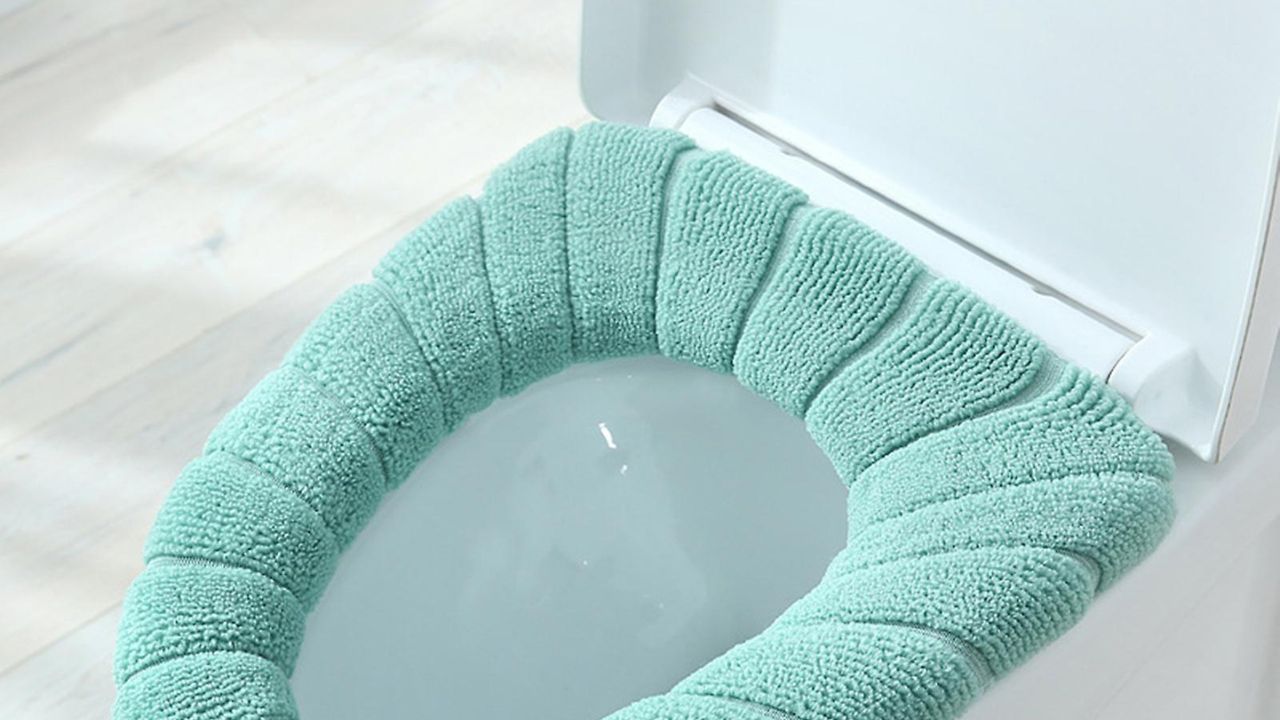
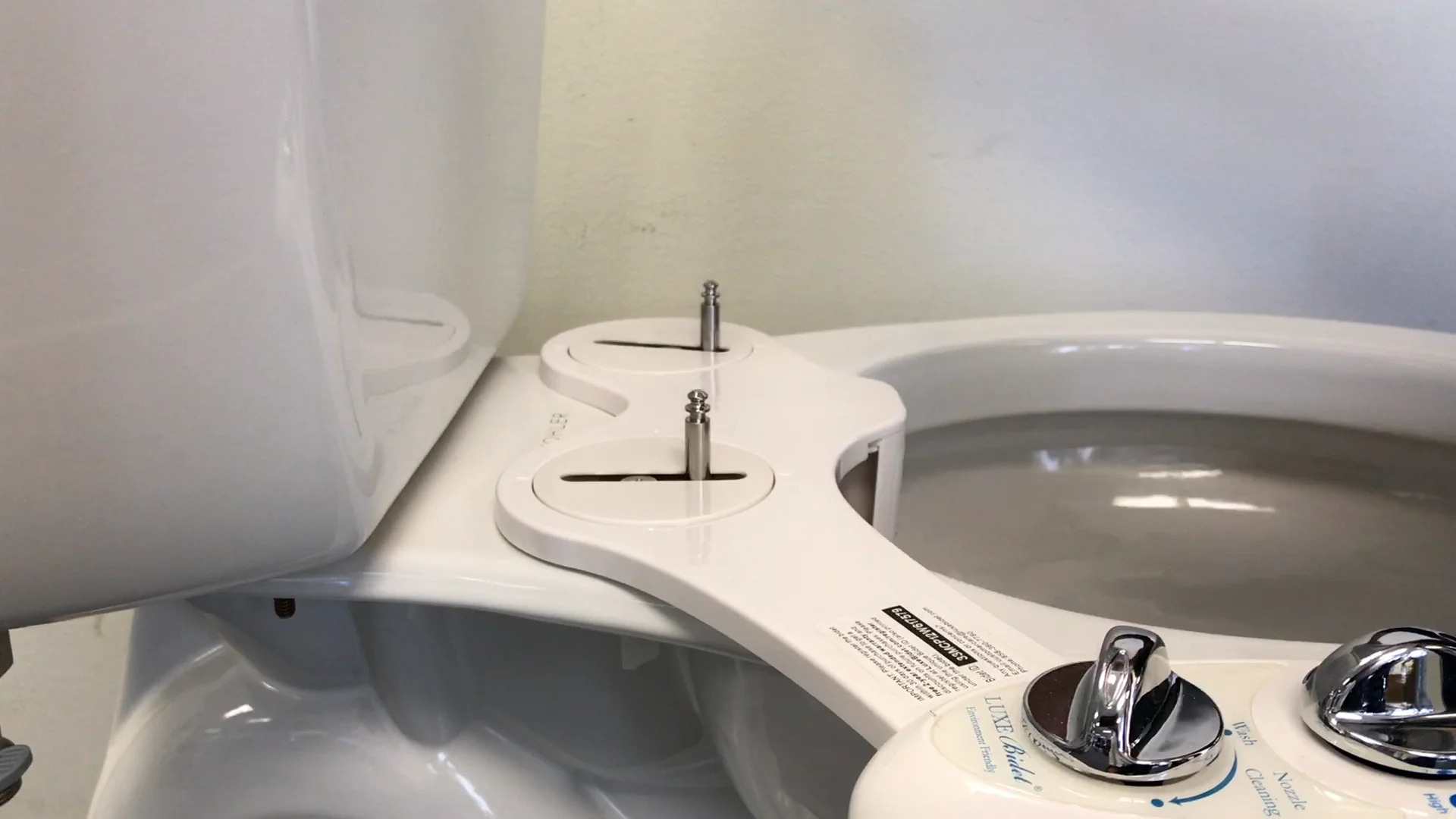
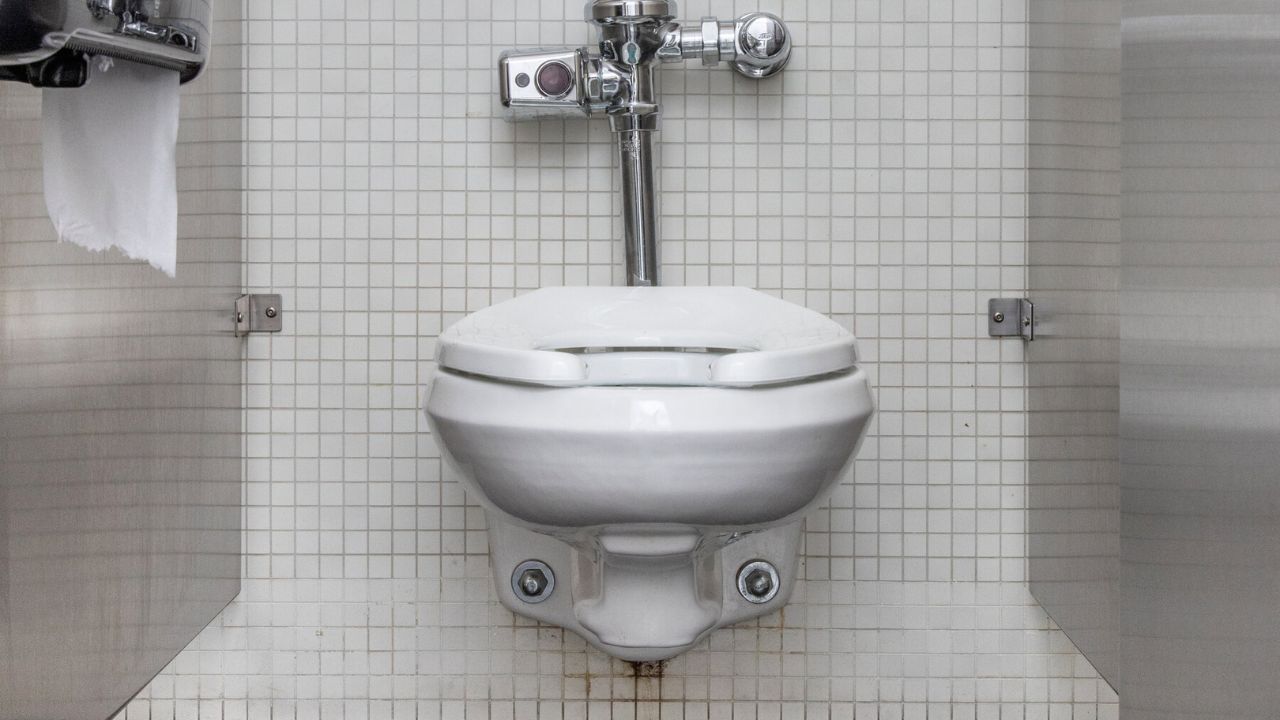
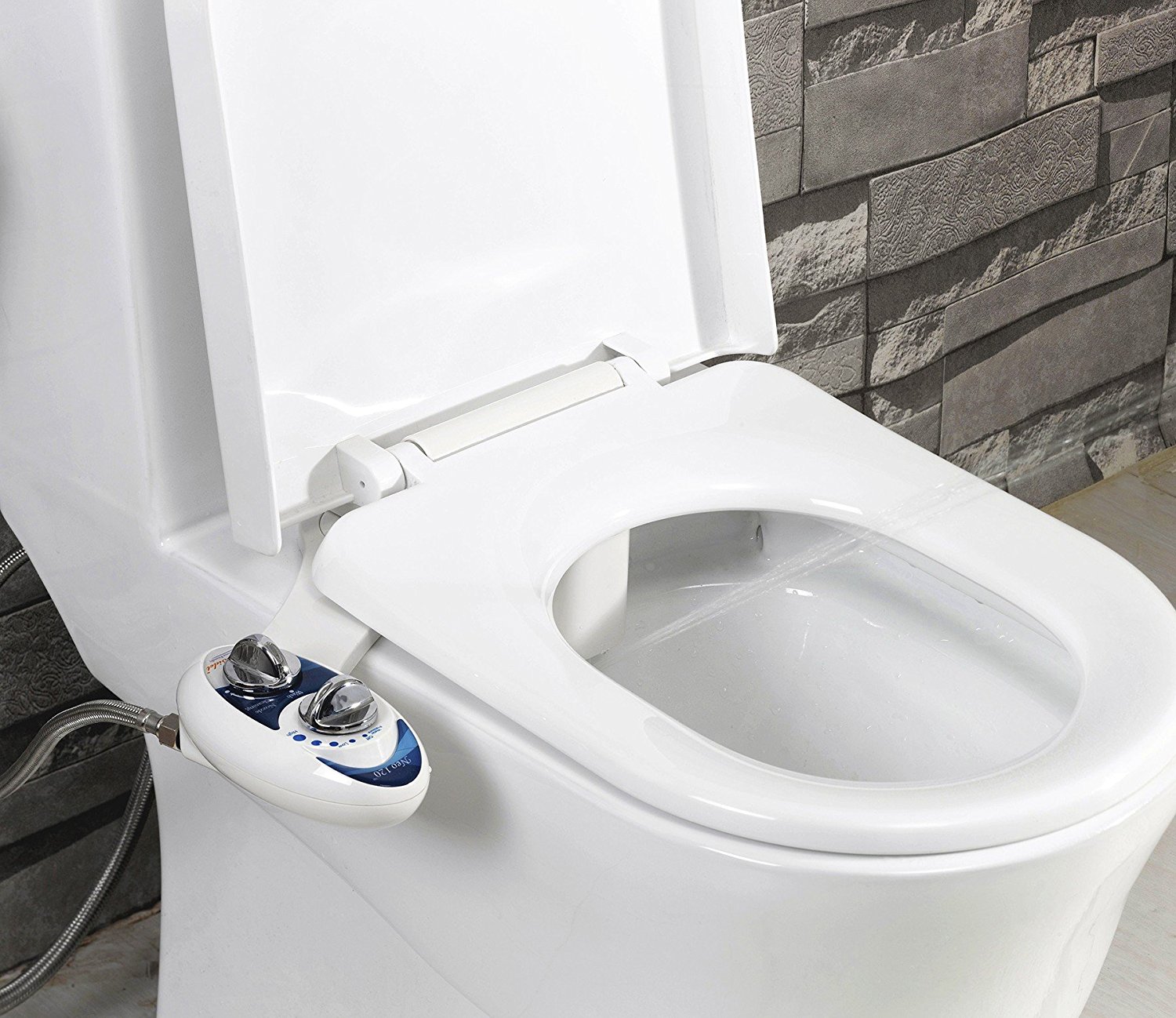

0 thoughts on “How To Use Toilet Seat Up Or Down”